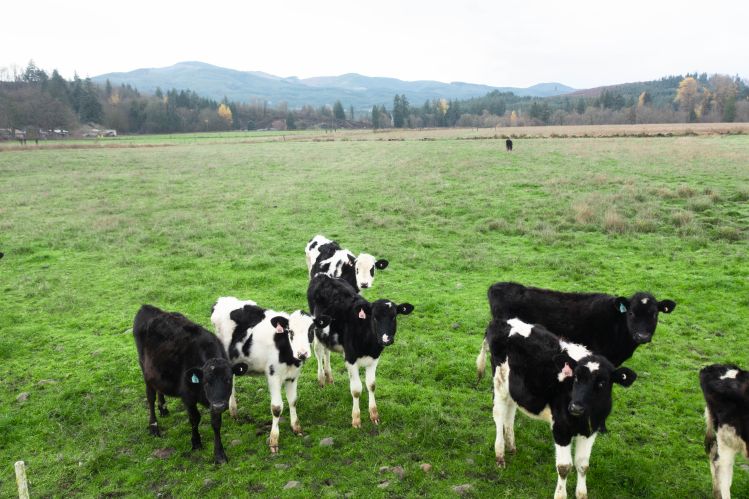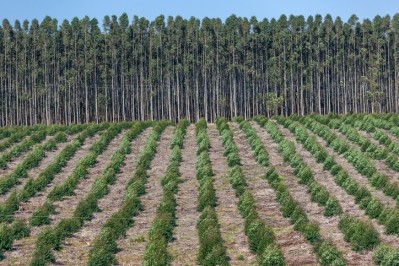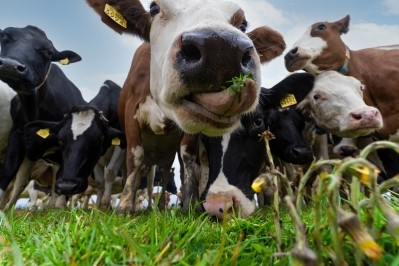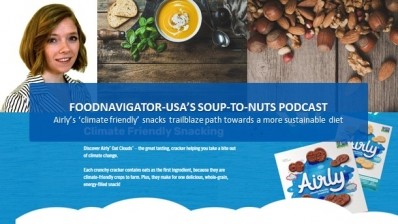Carbon neutral milk brand expands to Target and Sprouts, plans move into butter this summer
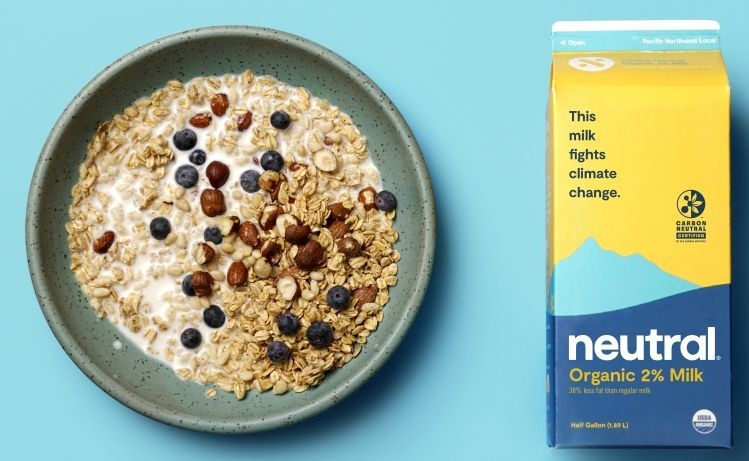
The SCS certified carbon neutral brand, which is distributed nationally by United Natural Foods Inc and KeHE, is also available at regional and independent grocers including New Seasons Market, Central Market, Earth Fare, Erewhon, Nugget Market, and Haggen; and online grocers Imperfect Foods and Fresh Direct.
Some commentators have been skeptical about any attempt to position dairy milk as an environmentally-friendly choice, and point to plant-based and emerging ‘animal-free’ dairy products as more sustainable alternatives.
However, most Americans still drink cow’s milk, so trying to give consumers better options within a category they are reluctant to give up seemed like a pragmatic way to make a difference, Neutral Foods co-founder Marcus Lovell Smith told FoodNavigator-USA in a recent interview.
“I'm a big fan of many of those plant based and alternative products, but dairy milk is still in 93% of households. If you think about climate change, you need to meet Americans where they're at, and where they're at is with animal proteins,” added Lovell Smith, an entrepreneur in residence at Harvard who has a background in dairy farming.
‘Consumers have become more sophisticated about offsetting’
So how does it work?
With lifecycle analyses of dairy milk showing that the vast majority of greenhouse gas emissions are generated on farms, Neutral Foods works directly with dairy farmers to reduce emissions, then purchases carbon credits from US dairy farmers "who turn cow emissions into renewable energy" [turning manure into energy via anaerobic digestion] to offset the balance, explained Lovell Smith, whose family has a dairy farm in New Hampshire.
But the focus has to be on addressing the problem at source, not doing something fundamentally unsustainable and then effectively buying carbon neutrality in order to make an eco-friendly label claim, he acknowledged, noting that Neutral only acquires offsets from U.S. dairy farmers that are verified by Climate Action Reserve (CAR), American Carbon Registry, and VERRA.
“I think consumers have become more sophisticated about offsetting. 10 years ago they were OK with buying pieces of windfarms or tropical forests [rather than getting their own house in order]. Today they’re saying, you know, if you're in the cement industry, or the iron and steel industry, or the dairy industry, you should sort yourself out, so everything we do is within our own supply lines.”
He added: “Speaking as a dairy farmer, it's all wrapped up with co-benefits, so projects will bring in multiple threads like animal welfare, biodiversity and so on.”
‘We have an expanding number of projects'
On a dairy farm, he said, you can pull multiple levers to reduce GHG emissions depending on what kind of operation you are running. For the farms Neutral Foods is working with, the focus is on three areas: Modifying what animals are fed (for example feed additives can help reduce methane emissions produced in the digestive tracts of ruminants); managing manure more effectively (by for example feeding it into anaerobic digestors to produce biogas, or separating solids from manure before depositing liquid manure into lagoons); and crop management (planting cover crops, reduced tillage etc).
“We have an expanding number of projects mostly with small to medium sized organic, pasture-based family farms, so we did seven projects last year, we're looking to do 50 projects this year, and then 200 projects next year. But it’s farmer-led; you don’t just don't go into farms and tell them what to do.”
But what’s the incentive structure for farmers to engage in these projects? According to Lovell Smith, the core motivation is there, “because they're the ultimate stewards of this land and they are thinking multi-generationally, about what they are passing down to children and grandchildren, but they need help, advice and obviously some investment.”
‘It’s not a huge stretch to think that ultimately, co-ops will pay more for milk that has been produced in a decarbonized way’
He added: “I think ultimately, we could move to a world where incremental payments are made; they already pay more based on things like somatic cell counts [a key indicator in mastitis screening programs] so it’s not a huge stretch to think that ultimately, they'll pay more for milk has been produced in a decarbonized way, but it doesn't happen at the moment.”
Asked about the environmental footprint of industrial-scale grain-fed dairy systems vs small pasture-raised farms, he said grain-fed confined dairy operations will likely continue to result in higher milk production per cow, but also rely on fossil-fuel derived fertilizers and pesticides to produce feed (which then has to be transported to the farm, while waste must also be transported from the farm); while on a pasture-based dairy farm, cattle fertilize their food source and recycle their waste at the same time (by defecating on pasture).
“It's complicated and it’s not always big is bad, small is good. It depends on where you set your system boundaries. You have to look at the sustainability of the feed crops and the nutrient runoff and then the amount of nitrogen inputs [to grow the corn]. But more biodiversity in farms and in and around pastures is really important.”
‘We've had a fantastic response from consumers and they’re asking what’s next?’
Thus far, the 'neutral' branded products in bright yellow packaging – which are priced on a par with other premium organic dairy milks - are performing well in Whole Foods and other stores, claimed Lovell Smith.
“We've had a fantastic response from consumers and they’re often asking so what’s next? There is a future where we will see carbon neutral food aisles or blocks of carbon neutral products.”
